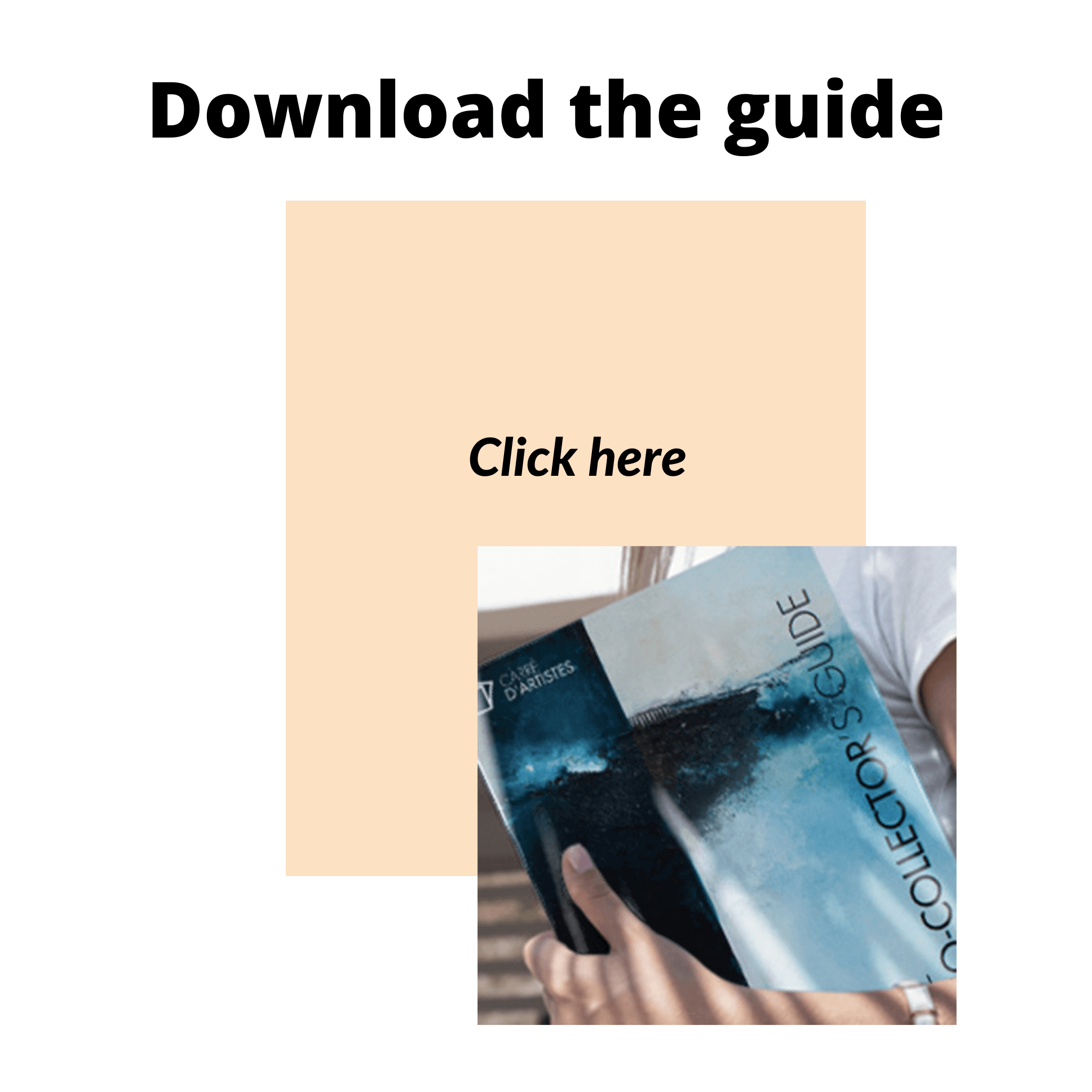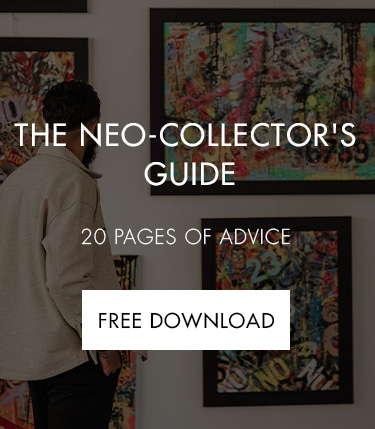Mark Rothko, so simple, so complicated
- 06/05/2021
In the early morning of Feb. 25, in the tiny kitchen at his studio in Madison Avenue, New York, Mark Rothko killed himself by ingesting barbiturates, but also by opening the veins of both arms.
Sick, weakened by an aortic aneurysm, subject to alcoholism and enslaved by excessive consumption of cigarettes, the painter of 67 years, in full depression, was more than ever disturbed by his future and that of his paintings.
A tragic, solitary and ritualized end for this mysterious artist whose work was nevertheless recognized and worldly esteemed.
A recognition that did not satisfy his ego, nor his powerful spiritual concerns.
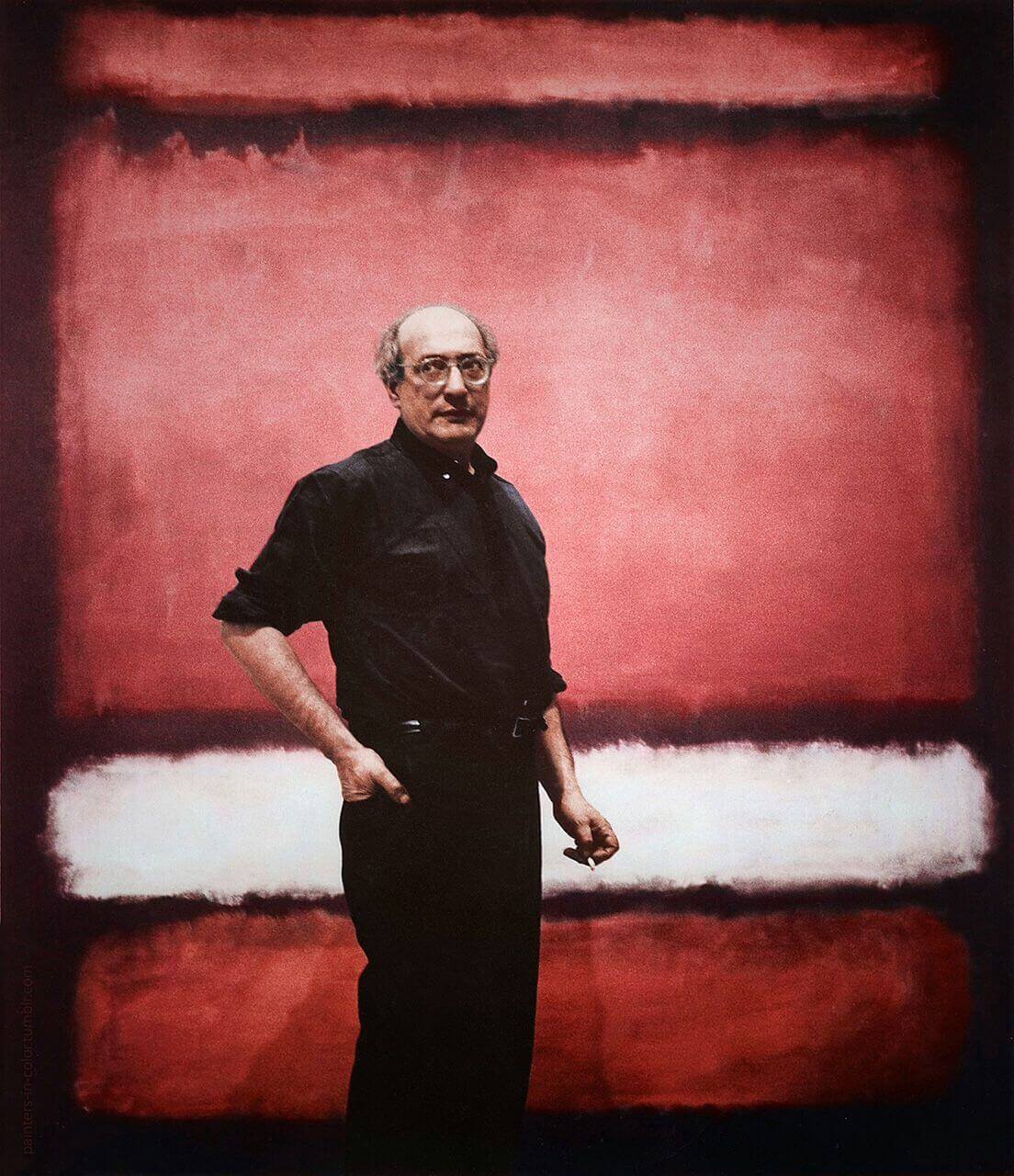

Why did Rothko commit suicide?
"I heard various explanations: he was in poor health, he had not produced anything for six months, he felt rejected by a world of Art whose ephemeral tastes had turned to younger and inferior painters.
Maybe there is a little bit of that, I do not know, but my intuition is that his so old anger was one of those causes, because it was the justified anger of a man who knew himself predestined to paint temples, and saw that his paintings were regarded only as vulgar merchandises".
In 1999, one of his paintings from 1952 was sold for 10.2 million Euros, while in May 2012, Orange, red, yellow (1961) was sold for close to $87 million.
Numbers that could have turned the head of Mark Rothko, the Latvian immigrant turned aside because Jewish and whose first figurative paintings of his beginnings had no impact.
TRAUMA
Before being an American, before being named Mark Rothko, the son of Jacob and Kate was born on September 25, 1903 in Dvinsk in the Russian Empire, today Daugavpils in Latvia, under the name Markus Yakovlevich Rothkovich .
Benjamin of this Jewish cultivated and middle-class family of four children, he undergoes with full lash the paternal identity withdrawal.
Traditionally anti-Semite, the Tsarist Empire goes through much turbulence and the pogroms proliferate until reaching its native village.
He then underwent a Talmudic school, before seeing his pharmacist father and two of his elders embark for the United States, frightened by his tsarist persecutions.
The first trauma of Rothko's life has just unfolded.
It was only three years later, in 1913, that, with his sister and his mother, they would join the rest of the family on the other side of the Atlantic.
Haunted by the tumultuous boat trip to New York, little 10-year-old Markus will be just as much haunted when he poses for the first time his foot on Ellis Island.
He then had to cross the United States in the direction of Portland by train, pennilessly with the clothes of strangers on his back, affixed with a placard stating that he did not speak a word of English.
During the interminable rail journey, his eyes screwed to the windows, he discovers flat landscapes punctuated by large fields with simple colors...
Barely seven months after he joined the American continent, he saw his father die prematurely from cancer.
After working as a young newspaper vendor and in his uncle's warehouse to support his family, he earned a scholarship for Yale University.
A pupil of brilliant career so far, he is an intellectual who appreciates music, literature, philosophy, especially the writings of Nietzsche and Greek mythology.
But just a year after his arrival at Yale, he leaves the University on seeing that his scholarship is not renewed.
And then followed a few blurred moments when he found himself a waiter, a messenger then taught drawing in a Jewish school, before putting his suitcases again in New York, then effervescent city fevered by Art.
WHEN MARK BECAME ROTHKO
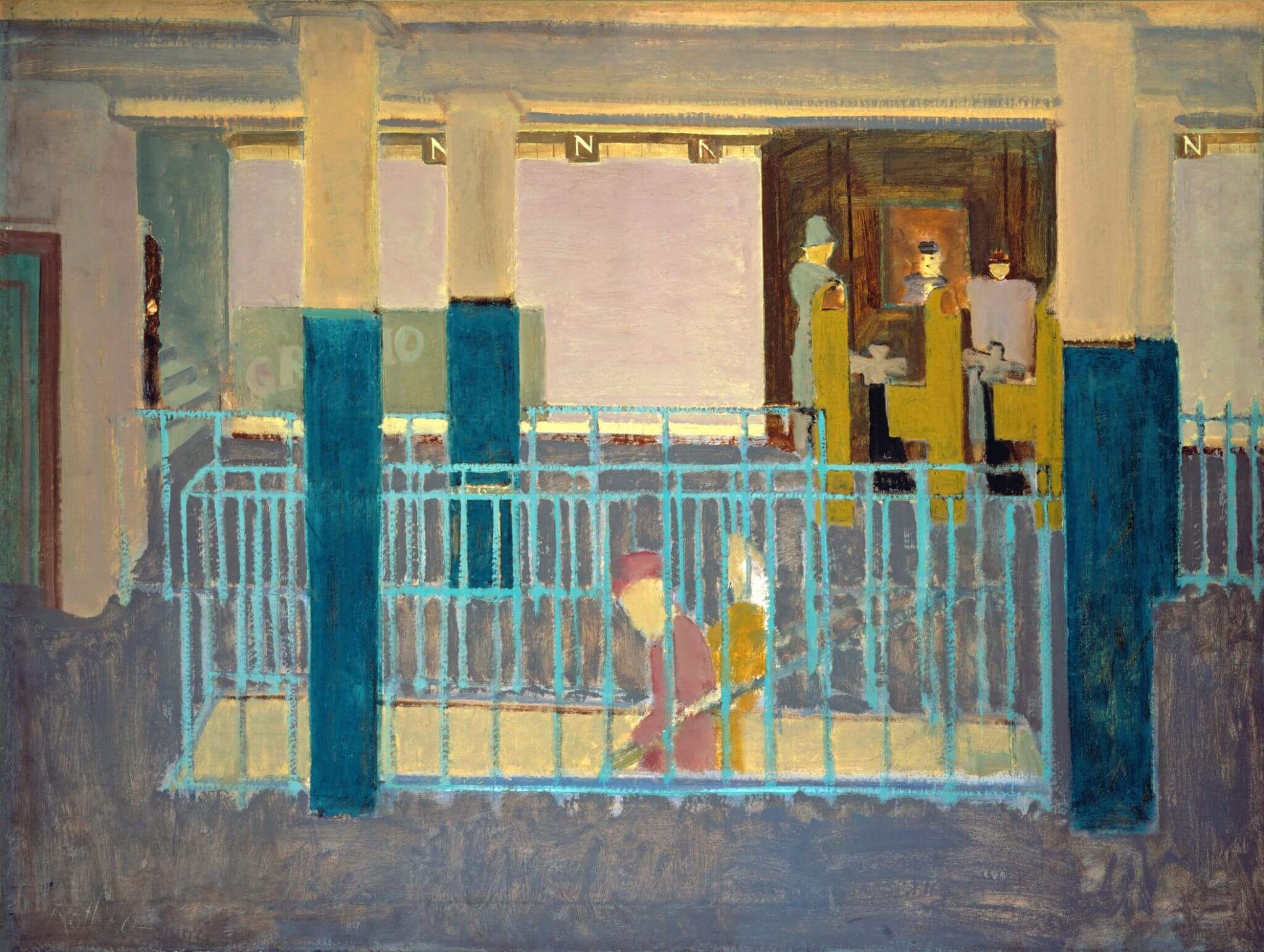
It is by seeing the beauty of a female model that he begins to paint figurative, expressionist works.
He represents landscapes, interiors, urban scenes, still lifes, Subways Paintings and even a self-portrait.
He painted gods and monsters largely inspired by his readings of Nietzsche.
While he considers that his painting, as well as that of his American peers, has reached an impasse, he leaves the brushes for almost a year to devote himself to the drafting of a manifesto, become almost mythical for the historians of the Contemporary art.
Genesis of the movement of abstract expressionism, to which Rothko refused to be associated because he judged this categorization too alienating, he detached himself from Jackson Pollock because he was hostile to Action Painting.
He also refutes the American nationalist and regionalist painting to turn to the side of Europe where the currents of Dali, Miro, Léger but also Ernst, Klee and Mondrian sweep over the New World.
he became Mark Rothko for eternity.
Still abstract but less revolutionary, less impressive than an aerial Pollock, Rothko slowly and gradually built his identity.
He finished his artistic moult and found his signature in 1949 when he falls in love with a painting by Matisse, the Atelier Rouge (1911), and its multiforms with rectangles of contrasting colors and complementary, exposed to the MoMA.
His gigantic canvases are inhabited by series of false rectangles with blurred contours and whose geometrical variations are sublimated by plays of lights and shades.
This new way of painting, Clement Greenberg, art critic of his state, will define it as Colorfield Painting, literally "painting in color fields".
By expressing himself only by color and by his indecisive and enigmatic tints, Mark Rothko invites the spectator to complete his work by reaching a spiritual dimension.
His canvases no longer have titles so as not to guide the interpretation and experience of the person who will contemplate them.
He himself is often described by his assistants as a contemplative artist, spending hours sitting to observe his paintings.
Obsessed by the interpretation, he refuses to frame his paintings so as not to give them limits.
Maniac of the hanging, his sense of the scenography and the sacredness that he gives to its works pushes it a few hours before the opening of an exhibition to MoMA to modify the layout of its large formats.
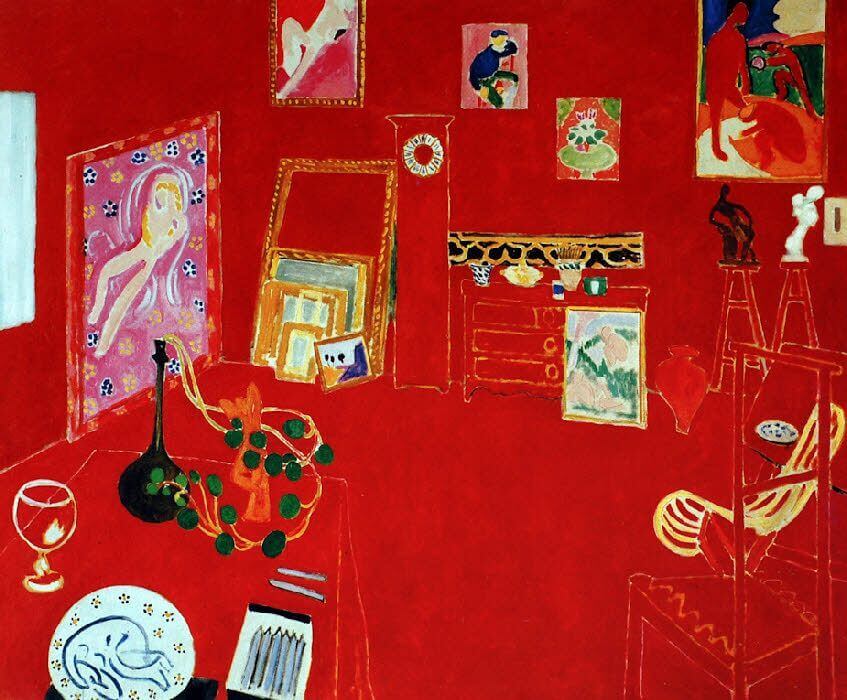
GLOOMY ROTHKO
Colors thicker, stronger, where the look is damaged, more confusing than ever, that one finds on the interior walls of "his" chapel of Houston.
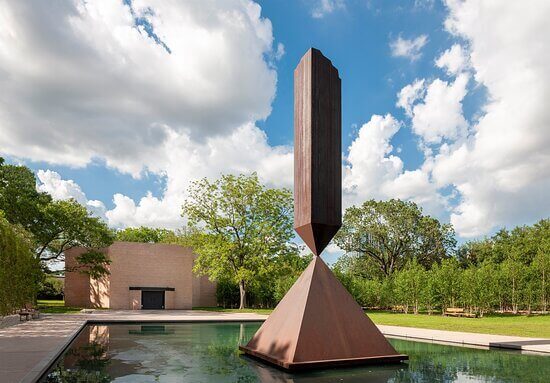
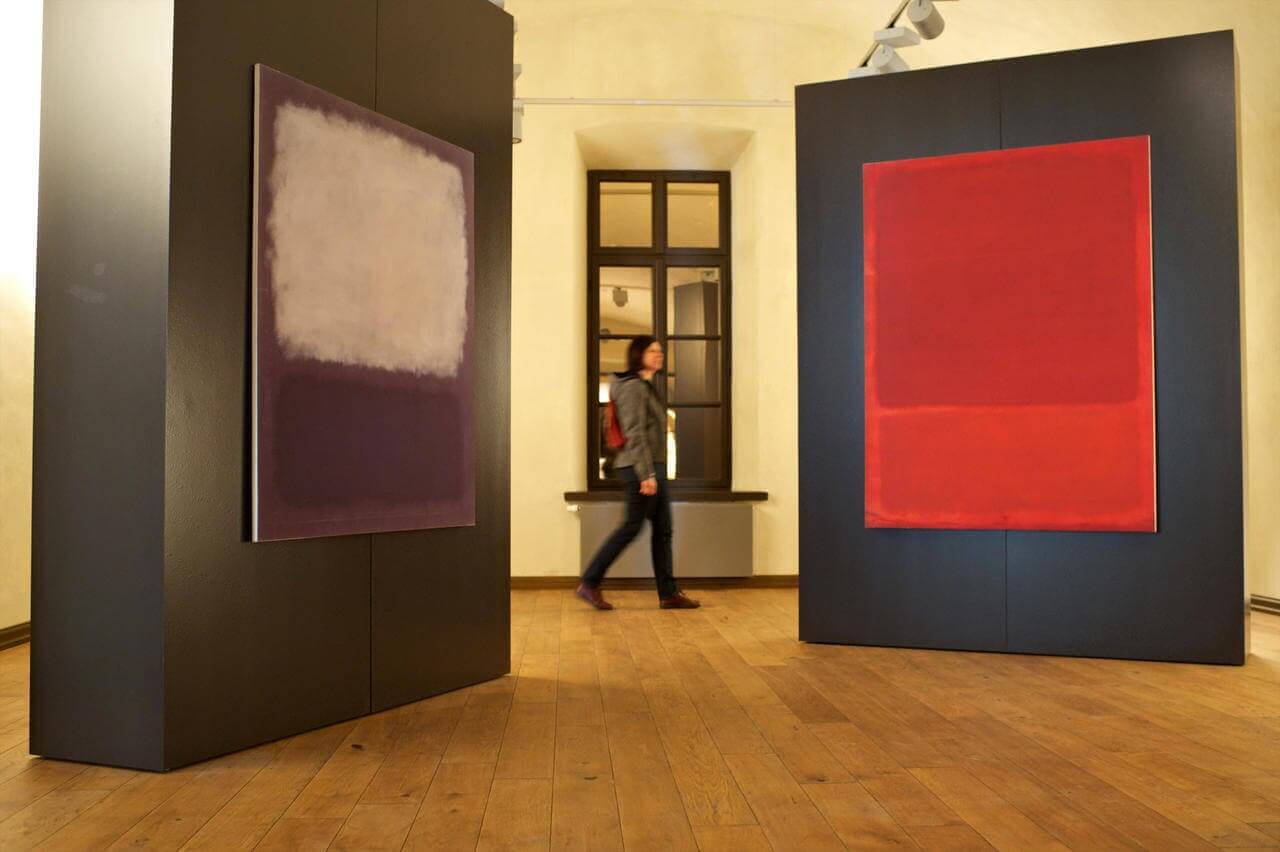
Some time before his disappearance, Rothko invited some friends to his house, which he welcomed in the center of his drawing-room, surrounded by his last artworks.
Many wondered about the meaning of this loss of color.
A great reader of Nietzsche and Kierkegaard, passionate about music, Rothko seemed to reflect the darkness of the human soul, which accompanied him throughout his life.
LAU BLOU, THE OPENNESS OF THE IMAGINATION
"What is fantastic in an abstract painting is the openness of the imagination and the emotion it gives to the viewer."
After studying applied arts and a career in graphic design, Lau Blou moved to Chambéry where she found serenity through painting at the Cité des Arts.
At that time, her sources of inspiration are the old villages, the mountains and the lights that surround her.
She creates on her paintings horizontal constructions to invite to rest.
She then leaves in the direction of verticality, which allows its structures to enhance and give birth to different characters.
The more years pass and the more she superimposes the acrylic.
She plays with the transparency of the glazes in order to transcribe the traits of character that shape us.
Her taste for the contact of the material causes her to mix the paint with structural pastes or pigments to which she integrates papers and fabrics.
The light and energy of colors push her every day to reinvent new encounters between her characters.
THE NEO-COLLECTOR'S GUIDE
Everything you always wanted to know about the art market but were afraid to ask!
The art market often appears to be a domain reserved for a privileged few...
This is not true: accessible to all, the art market is only waiting for its new collectors.
For those who still have a doubt :
Here are the answers to the questions commonly asked!
What is a work of art?
What is the purpose of art?
What is the purpose of a certificate of authenticity?
What should you look out for when buying a work of art?


